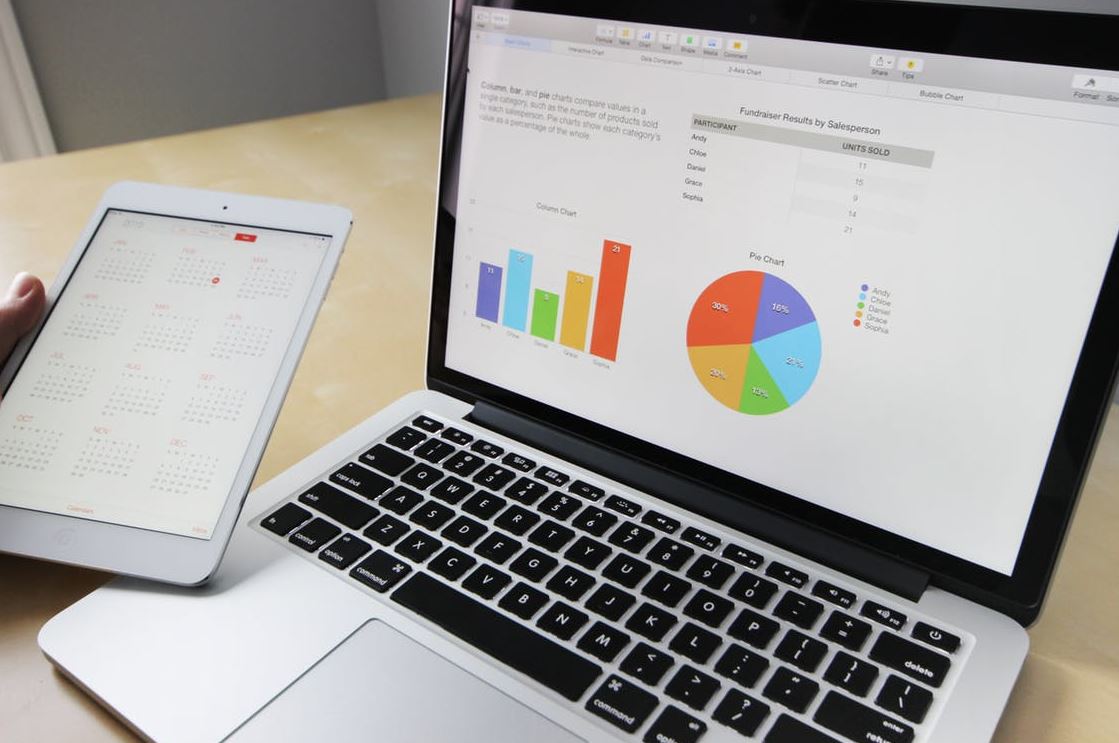The shift to remote work has brought about a new era of communication challenges and opportunities. Effective communication in a virtual environment is crucial for maintaining team cohesion, productivity, and a positive work culture.
Here are 5 key strategies for remote effective communication:
1. The Art of Picking Up the Phone
Effective communication begins with choosing the right medium for the message. While digital communication tools are prevalent in remote work, there are moments when picking up the phone is the best course of action. Signs that it's time to make a call include:
- Complex Issues: When a topic is intricate or may lead to misunderstandings, a phone call allows for real-time clarification and reduces the risk of misinterpretation.
- Sensitive Conversations: Delicate matters, such as performance feedback or addressing concerns, are often better handled verbally to convey empathy and ensure a more nuanced understanding.
2. Email Etiquette for Clarity
Email remains a cornerstone of remote communication, but its effectiveness hinges on clarity and purpose. To minimize conflict and enhance understanding:
- Clear Subject Lines: Craft concise and descriptive subject lines to give recipients a clear understanding of the email's content.
- Structured Messages: Organize emails with clear headings, bullet points, and paragraphs for easy readability.
- Avoiding Ambiguity: Clearly articulate expectations, deadlines, and action items to eliminate confusion.
3. Meeting Mastery for Collaboration:
Virtual meetings are instrumental in fostering collaboration, but they require thoughtful planning to be effective:
- Set Clear Objectives: Define the purpose of the meeting and communicate it beforehand to ensure participants are prepared and engaged.
- Tech Check: Confirm that all participants have the necessary technology and are familiar with the meeting platform to avoid disruptions.
- Agenda and Time Management: Create an agenda to guide the meeting, allocate time wisely, and encourage active participation.
4. Best Practices for Seamless Collaboration
Seamless collaboration is the hallmark of successful remote teams. Implement the following best practices to enhance collaboration:
- Collaboration Platforms: Leverage collaboration tools like Microsoft Teams, Slack, or Asana to streamline communication, file sharing, and project management.
- Regular Check-Ins: Schedule regular team check-ins to maintain connection, discuss ongoing projects, and address any challenges or concerns.
- Encourage Open Communication: Foster an environment where team members feel comfortable expressing ideas, asking questions, and providing feedback.
5. Recognizing Non-Verbal Cues in Digital Communication
In the absence of face-to-face interactions, understanding non-verbal cues becomes essential for effective communication:
- Emojis and Tone: Use emojis judiciously to convey tone and consider the impact of language choices on the overall message.
- Video Conferencing: When possible, opt for video calls to capture facial expressions and body language, enhancing the richness of the communication.
Wrapping it up
Remote effective communication is a dynamic interplay of choosing the right communication medium, employing best practices in email and meetings, and fostering seamless collaboration. In a world where distance is no longer a barrier to collaboration, these strategies are integral to thriving in the remote work landscape.
Latest posts by Tresha Moreland (see all)
- Recession 2008 Versus 2024: Lessons Learned and Key Workforce Differences - April 24, 2024
- Why Layoffs Fall Short: Embracing a Holistic Approach to Cost Savings - April 21, 2024
- Find Your Anchor In A Sea Of Fear - April 18, 2024












